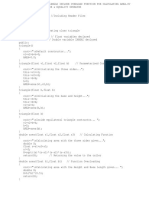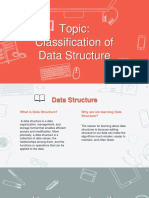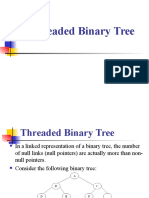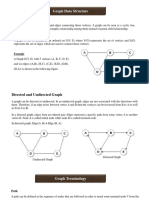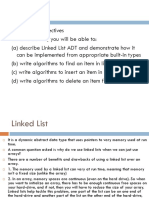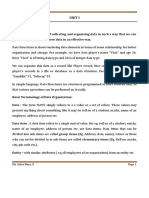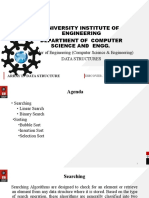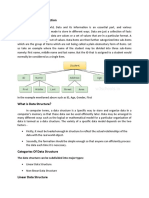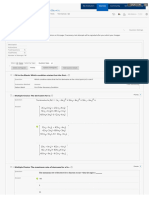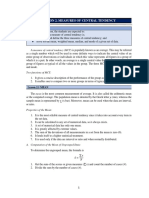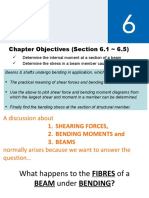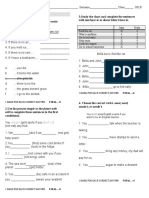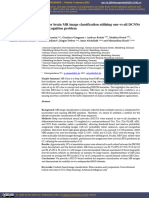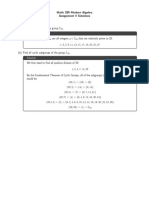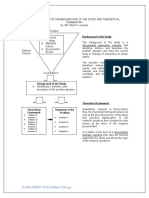0% found this document useful (0 votes)
731 views26 pagesGraph Data Structure
The document discusses graph data structures and algorithms. It defines key graph terms like vertices, edges, adjacency, paths and cycles. It also describes different graph types and two common representations: adjacency matrix and adjacency list. Finally, it explains two graph traversal algorithms - depth-first search and breadth-first search.
Uploaded by
ADITYA WADJECopyright
© © All Rights Reserved
We take content rights seriously. If you suspect this is your content, claim it here.
Available Formats
Download as PPTX, PDF, TXT or read online on Scribd
0% found this document useful (0 votes)
731 views26 pagesGraph Data Structure
The document discusses graph data structures and algorithms. It defines key graph terms like vertices, edges, adjacency, paths and cycles. It also describes different graph types and two common representations: adjacency matrix and adjacency list. Finally, it explains two graph traversal algorithms - depth-first search and breadth-first search.
Uploaded by
ADITYA WADJECopyright
© © All Rights Reserved
We take content rights seriously. If you suspect this is your content, claim it here.
Available Formats
Download as PPTX, PDF, TXT or read online on Scribd
/ 26








